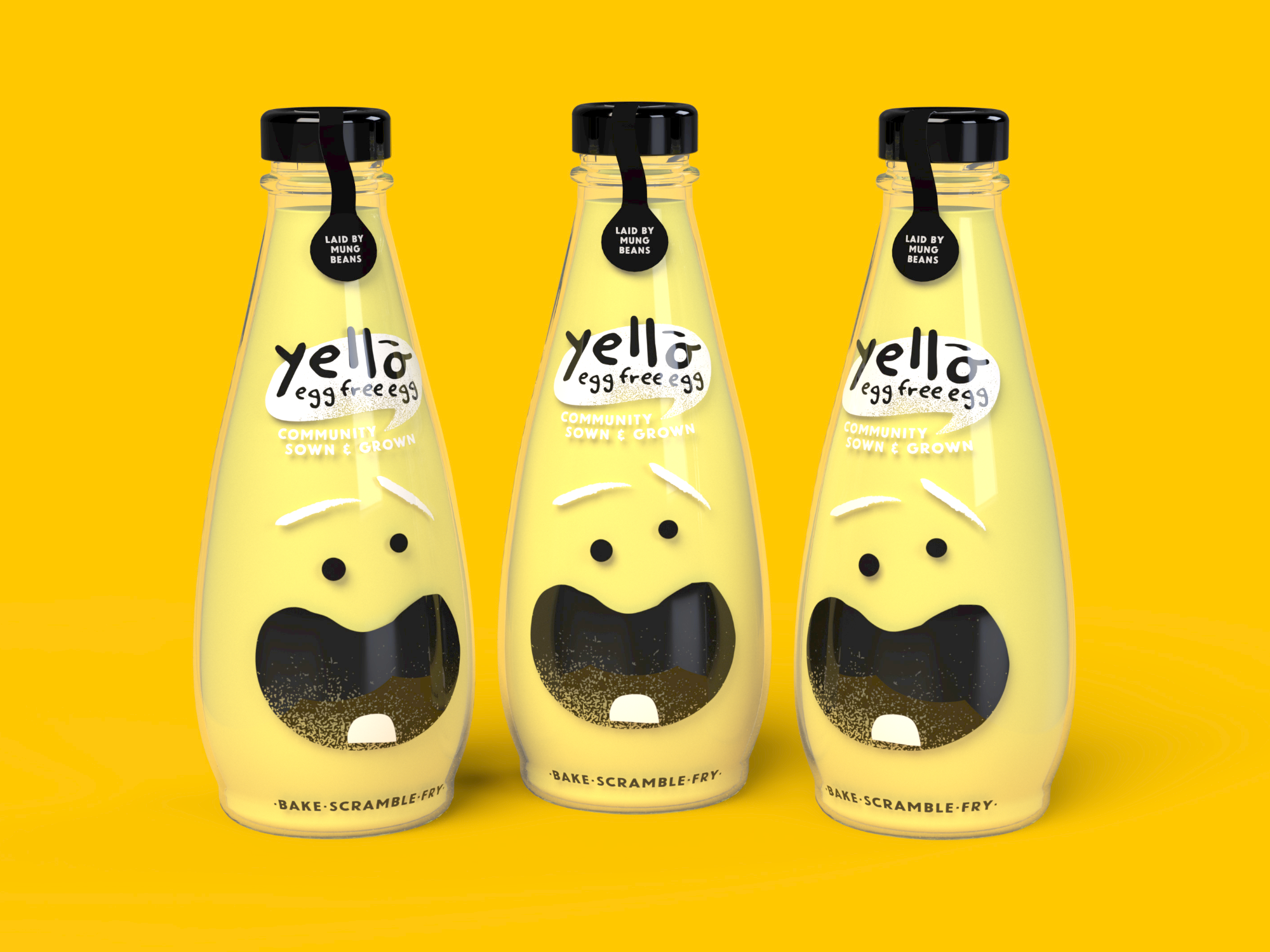You may be aware of its increasing popularity, but if not then say hello to the latest buzzword (well three words) in the creative community, ‘the design sprint.’
Having design and a speed related verb in the same sentence is usually a headache for designers. It drums up thoughts of people in suits using ASAP as a word and deadlines that constrict, leaving little value in the design output.
This is where the design sprint wins, turning time into a positive constraint. A problem solving process filled to the brim with specific, time-sensitive exercises that allow for maximum output in the shortest amount of time.

The concept was tested and developed by Jake Knapp and the rest of the Google Ventures team (a side project of theirs was a little thing called Gmail). Their aim was to develop a process to understand, ideate, decide, prototype and test a new product in just a fraction of the time of what is accepted as the norm.
Google, Slack, Lyft and countless start ups have all benefited from this approach, but how could it help Ape? It all started with a question: could we take the best bits of the sprint mentality and apply it to our Ape ways. Could we go from nothing to a brand prototype with real challenger potential in just three weeks?
With white lab coats at the ready, we experimented with a format that overlaid our challenger mentality on top of the sprint process. A greatest hits of deep dive challenger thinking, brand identity workshops, relentless pace, constant collaboration and intelligent naivety – think more ‘we can if’ than ‘yeah, but’.
The tinkering was complete with the birth of the Ape Challenger Clinic. We like to see it as a an experimental superpower; speeding into the future to see a prototyped brand and it’s consumer response, not quite the stuff of childhood dreams but handy nonetheless.
The first edition of the interim Ape Challenger Clinic (Chic) comprised of three distinctive sprints:
- A skeleton version of our more in-depth Gorilla Tactics.
- Brand name creation with implicit testing.
- Design, prototyping and testing.

To kick things off, we analysed the category to develop a point of difference for the prospective brand. By evaluating the challenges and constraints and finding a way to turn it on its head, we established a lighthouse identity which transmits a personality, ethos and tone of voice.
A longlist of names became shorter by the hour, not week, until we had something that reflected the lighthouse and chosen stance. This embodied the brand and was backed up with implicit testing, gaining an unbiased view whilst emulating reactions to seeing the brand on shelf.
With a name locked down and digested, we frantically workshopped concepts – no wonder they call it crazy eights! We developed our scamps and designed a working prototype, fit as proof of concept.

The first iteration of Chic resulted in the birth of Yello. A new vegan egg brand ready to launch into an underserved market. The outcome was a succinct piece of design backed up with considered challenger thinking, all of which was achieved in the sprint timeframe.
So will design sprints stick, or are they just another industry fad? It may be early days but after busting out our Yello prototype we’re almost convinced, and are excited about exploring future opportunities and solving big challenges, timer in hand.


